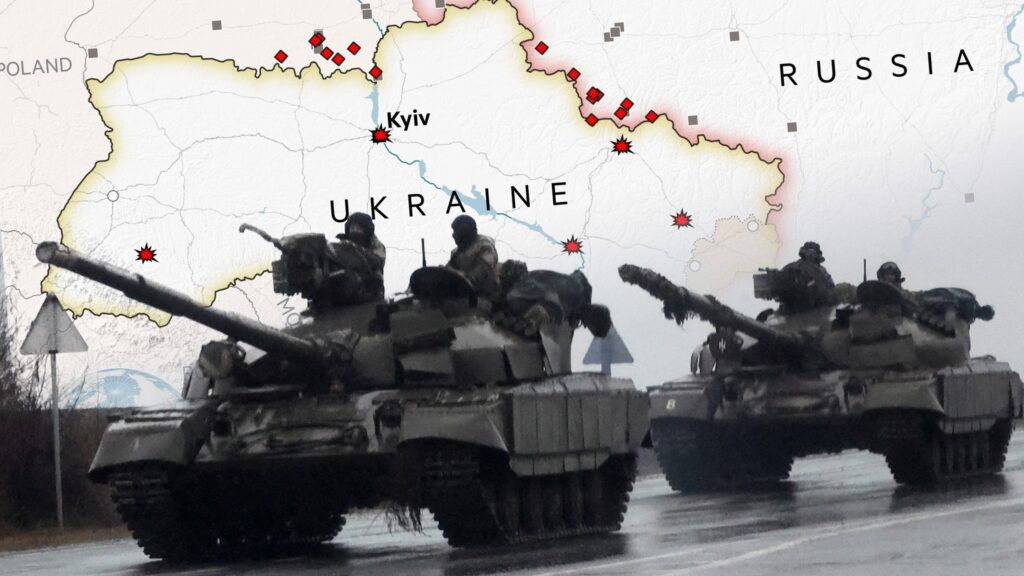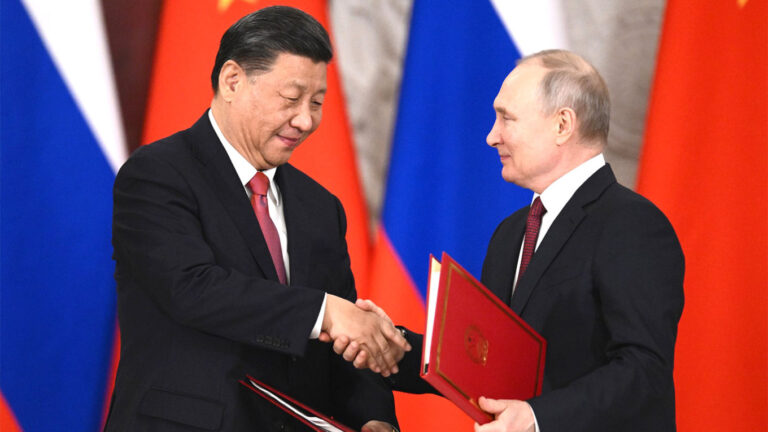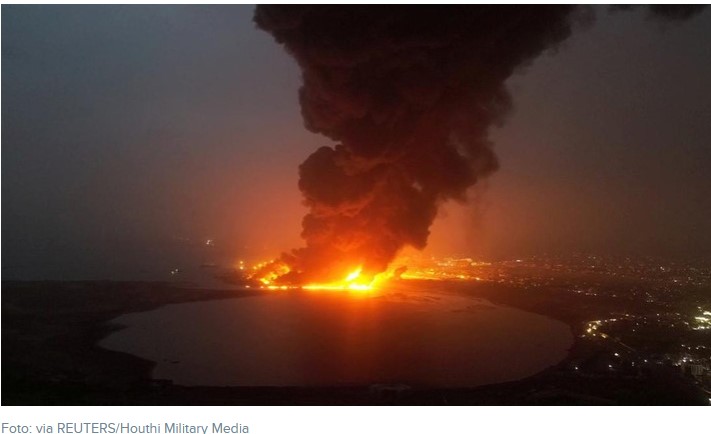
STRATEGIC ASSESSMENT-Western countries are now taking a more aggressive stance toward Russia in Ukraine, sending massive amounts of weaponry and openly calling for Moscow to be weakened. Earlier this week, U.S. Secretary of Defense Lloyd J. Austin III and U.S. Secretary of State Antony Blinken traveled to Ukraine to meet with Ukrainian President Volodymyr Zelenskyy. Secretary Austin was explicit in stating that Washington’s objective—and indeed a goal shared by Western nations more broadly—is to see Moscow weakened to the point where its military becomes incapable of posing a serious threat to its immediate neighbors and European countries in general.
Speaking on CNN, Chairman of the Joint Chiefs of Staff Gen. Mark Milley declared, “If Russia gets away with this cost-free, then so goes the so-called international order, and if that happens, then we’re entering into an era of seriously increased instability.” The U.S. sees supporting Ukraine in the conflict against Russia as both aligned with its strategic objectives, but also as the morally righteous position to take.
On the heels of Austin and Blinken’s trip, NATO defense ministers convened in Berlin to discuss what weapons Ukraine’s military needs to continue resisting Russia’s illegal invasion. One major change was Germany’s decision to approve sending approximately 50 Flakpanzer Gepard anti-aircraft cannon tanks, also known as “Cheetahs,” to Ukraine.
British Defense Minister James Heappey commented that it was “entirely legitimate,” in the viewpoint of London, for Ukraine to use Western weapons to attack military targets on Russian soil, a more forceful and direct response than many Western countries have offered to date. The U.S. is delivering massive amounts of military aid and weaponry, including heavy artillery and sophisticated technologies such as drones.
In many ways, the last week feels like a major sea change in Western capitals, perhaps increasingly cognizant of the limited window Ukraine has to bring the fight to Russia, even if that means launching attacks on Russian soil. The newly formed Ukraine Contact Group is a forum of more than 40 countries who have come together to provide Ukraine with military and humanitarian aid. Secretary Austin noted that the forum would meet monthly to reassess Kyiv’s needs and move to meet those requirements.
Rather predictably, the Kremlin has escalated its rhetoric too, accusing the West of waging a proxy war against Moscow. Russia’s saber rattling also continued, with Russian Foreign Minister Sergei Lavrov warning against further provocation that could lead to World War III, punctuating his remarks by commenting that the risk of a nuclear conflict “should not be underestimated.” Facing manpower shortages, Russia may also seek to lean more heavily on mercenaries, including forces from the Wagner Group.
As the conflict drags on well beyond what Moscow realistically envisioned, Russia is relying more on dangerous rhetoric. This is likely due to the ineptitude of its conventional military forces on the battlefield, which have been plagued by poor logistics, low morale, and an inability to adapt to changing circumstances. Western sanctions imposed on Russia will make it more difficult for Russian President Vladimir Putin to continue financing his war machine. Sanctions related to export controls on high-end technology critical to the Russian defense industry are expected to have a substantial impact on Moscow’s ability to produce newer weapons, a dilemma that could restrict Putin’s next move.
The Russian military has already been forced to modify its goals in Ukraine, now focusing on the south and east of the country, including the Donbas and surrounding areas. At a strategic level, the U.S. and NATO allies see this next phase of the war as an opportunity to set Russia’s military back significantly. Ukrainian strikes on Russian convoys, tanks, and armored personnel carriers have decimated Russian equipment. According to some estimates, Russia has lost the equivalent of at least two years of tank production and one year’s supply of aircraft, which is remarkable given that the conflict has lasted for just over two months.
More than 15,000 Russian soldiers are estimated to have been killed in fighting during that same time period. With Putin’s back to the wall, there are growing concerns that, in a moment of desperation, he could seek to escalate the conflict to the point where events spiral dangerously out of control. CIA Director William J. Burns recently warned, “Given the setbacks that [Putin and the Russian leadership have] faced so far, militarily, none of us can take lightly the threat posed by a potential resort to tactical nuclear weapons or low-yield nuclear weapons.” Another option could be for Russia to step up attempts to launch crippling cyberattacks against U.S. and European infrastructure (TSC).





